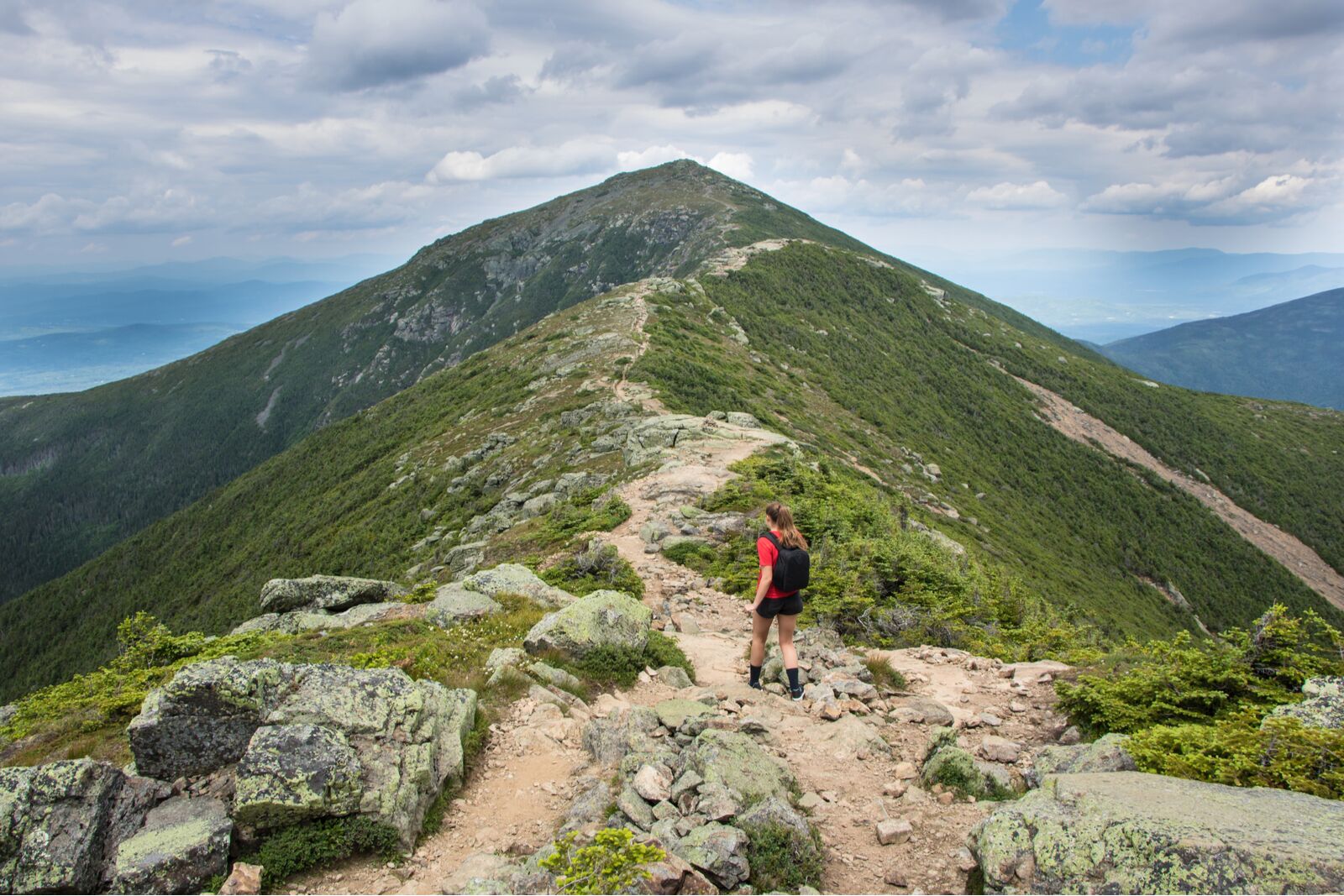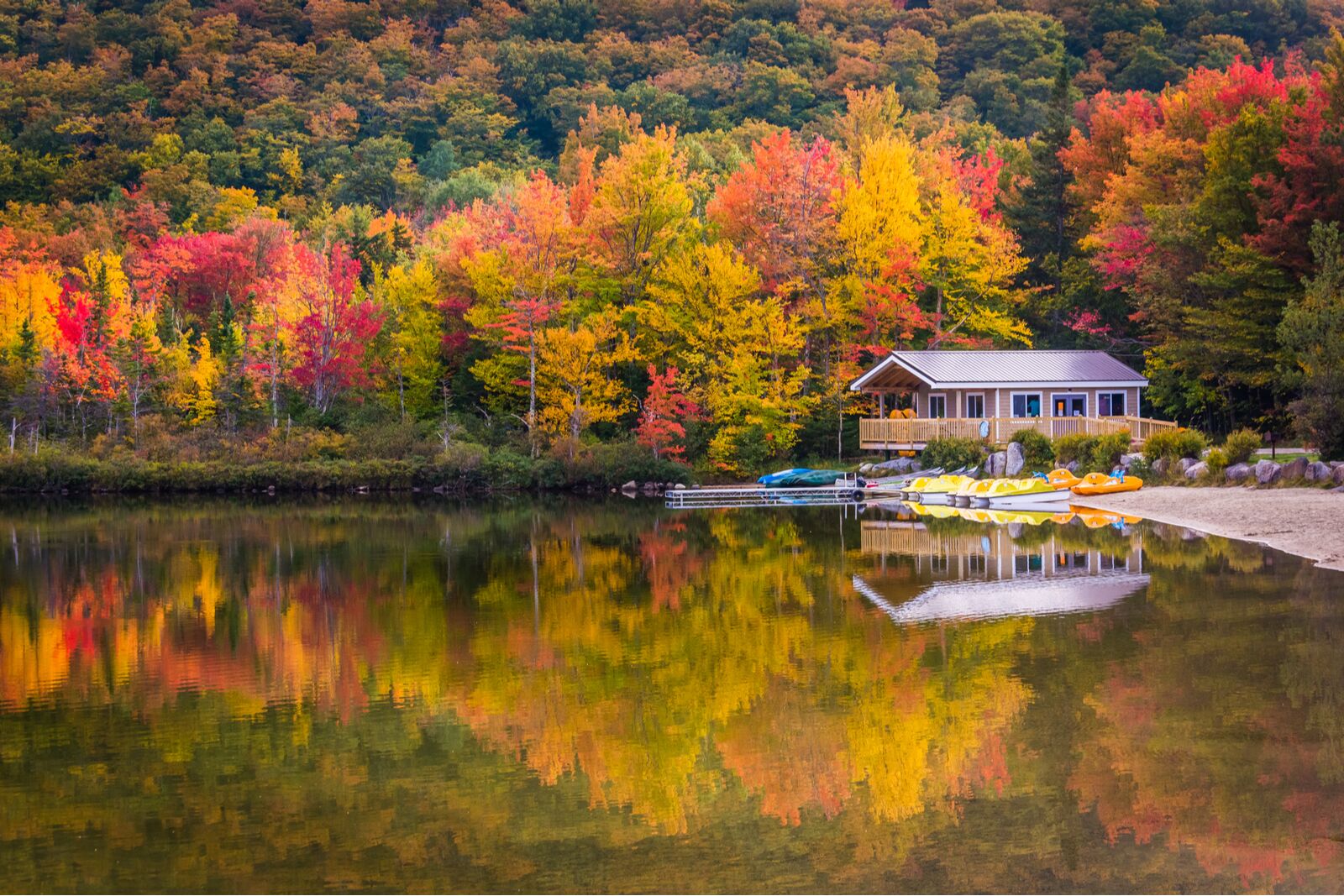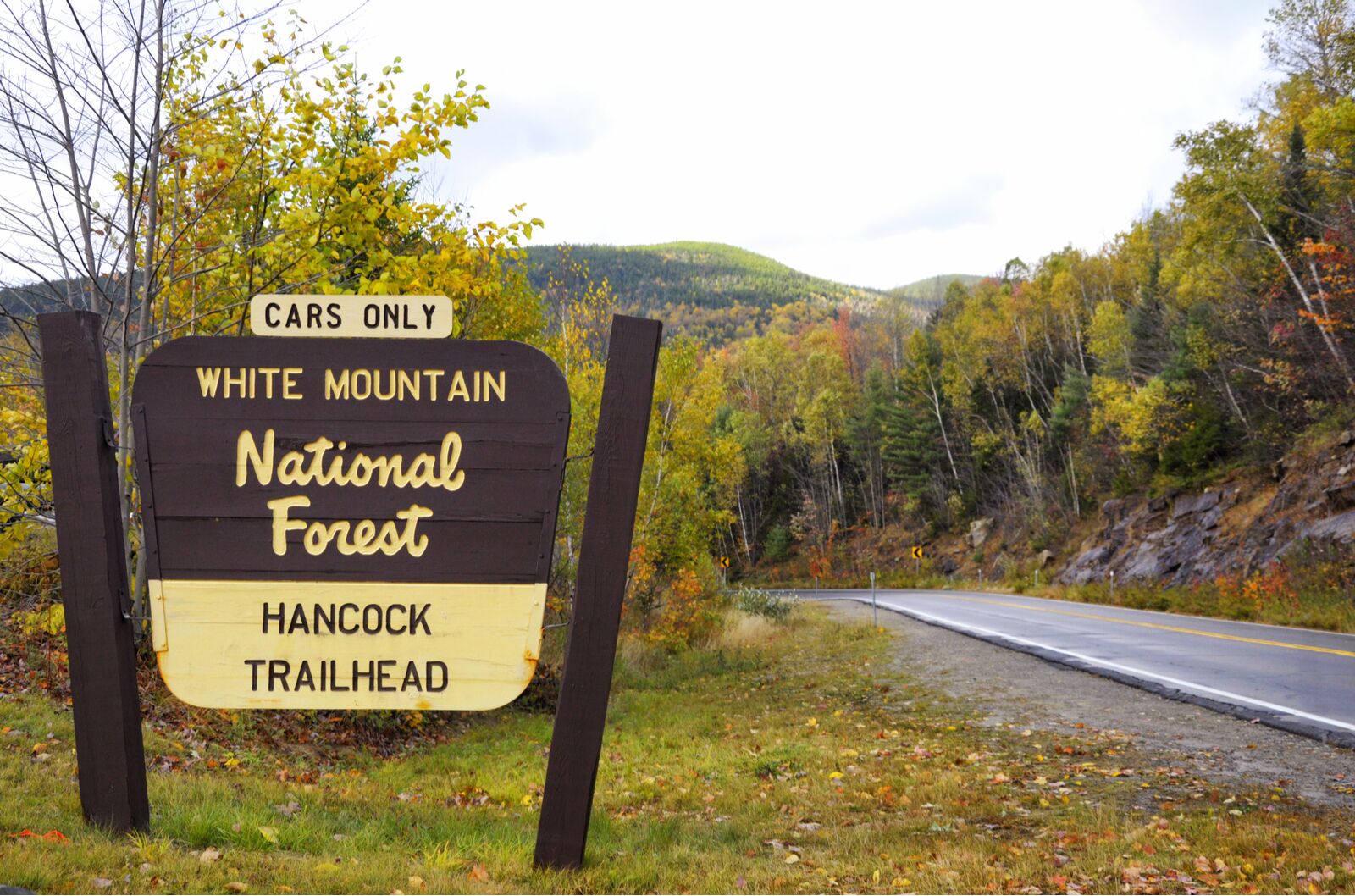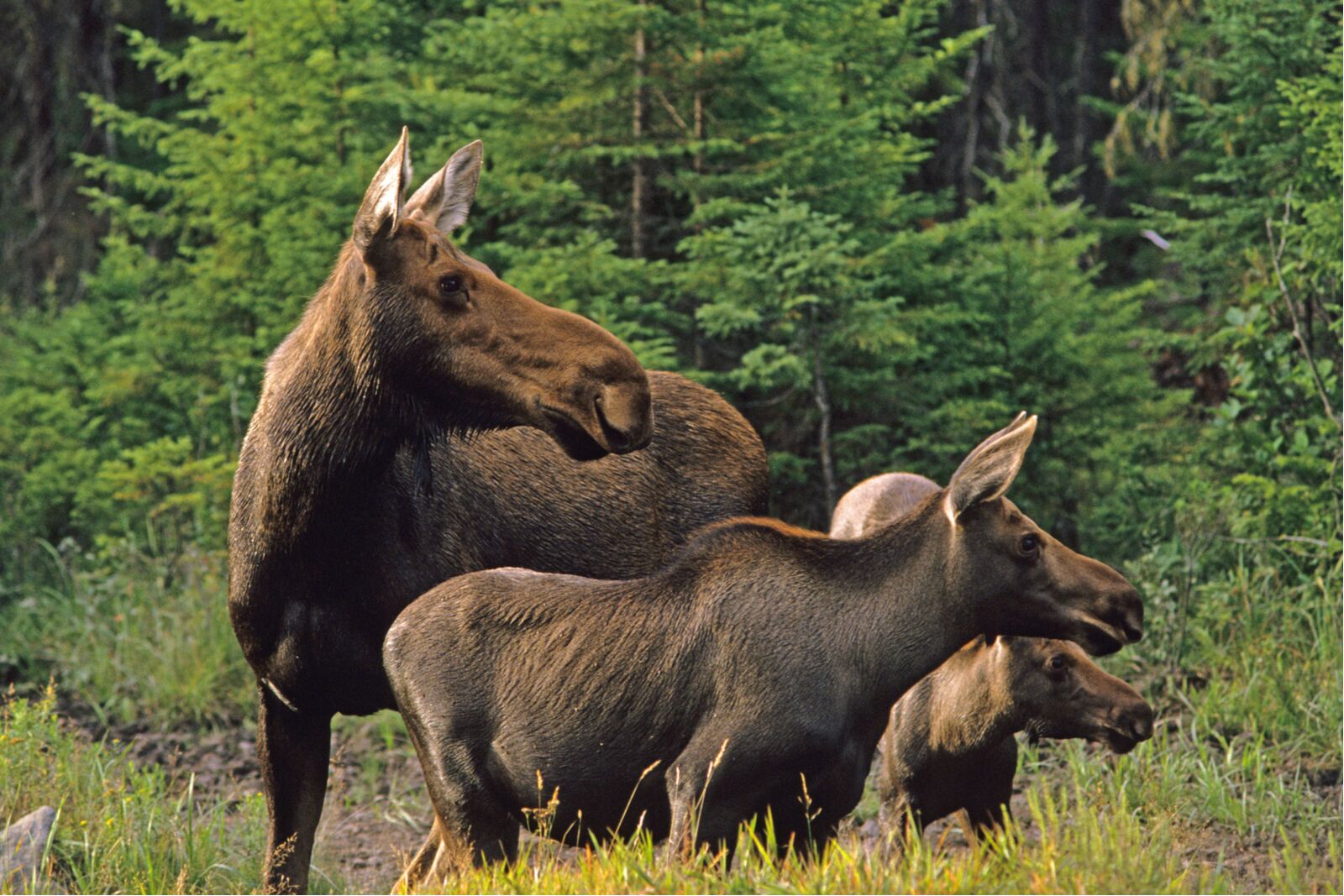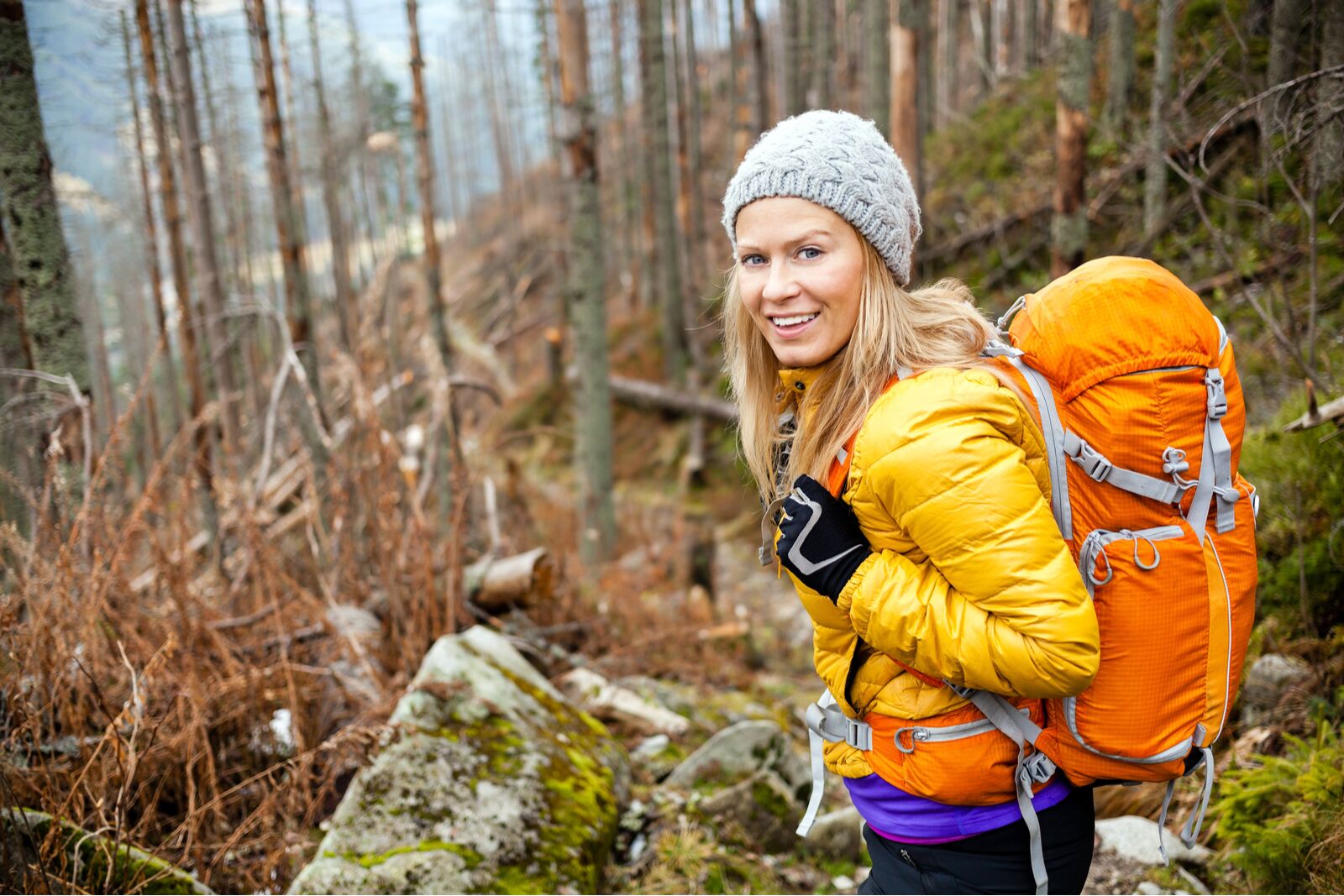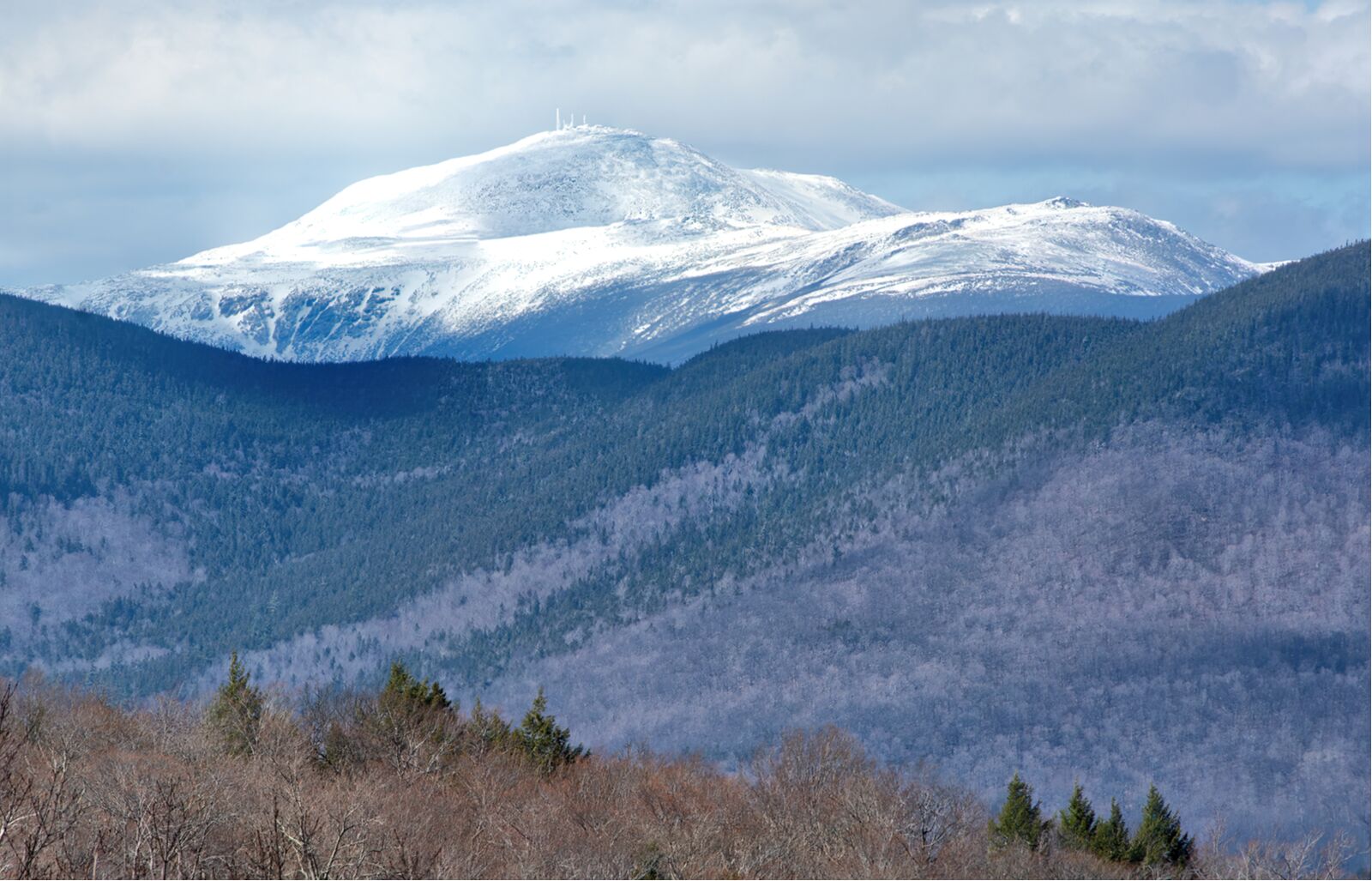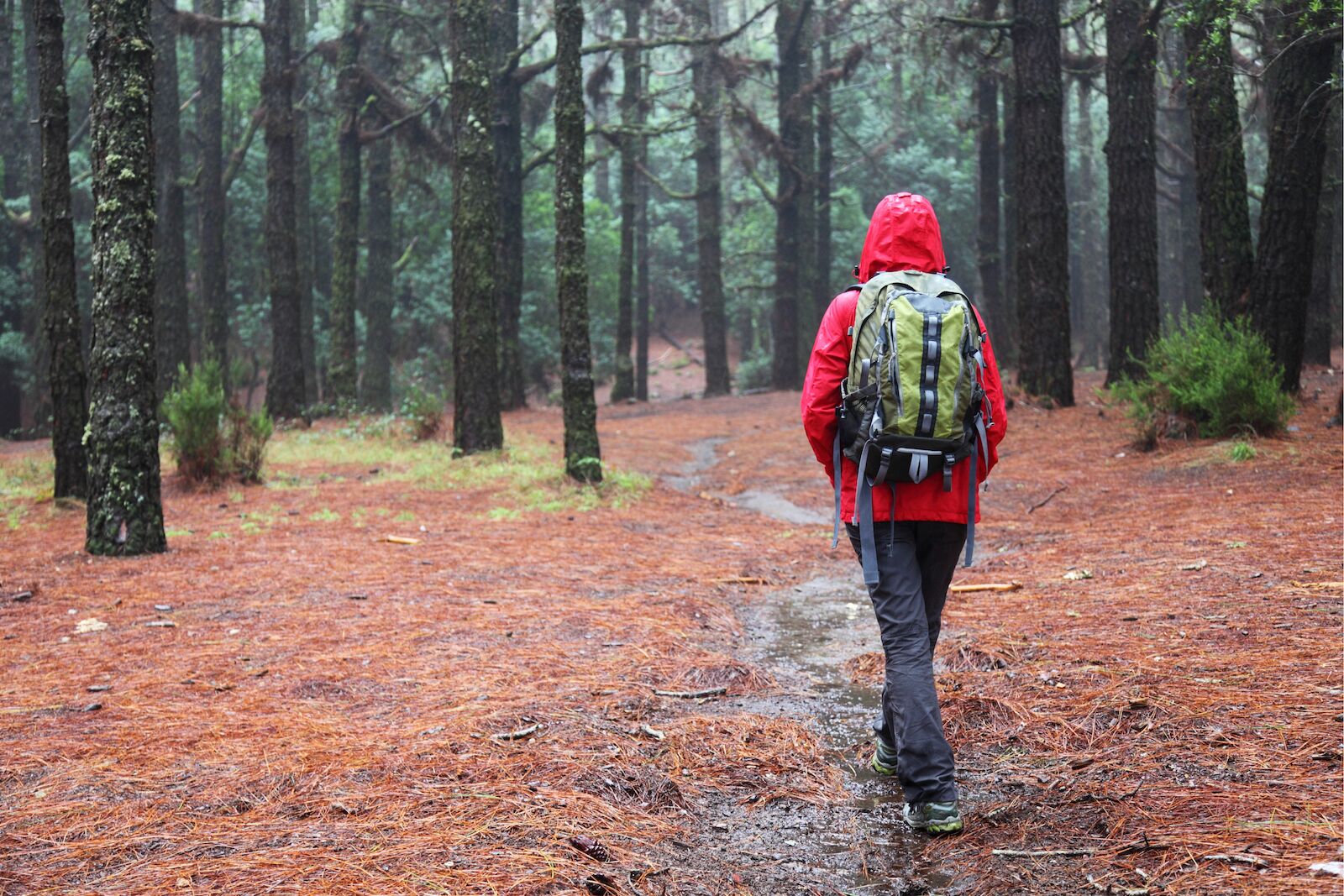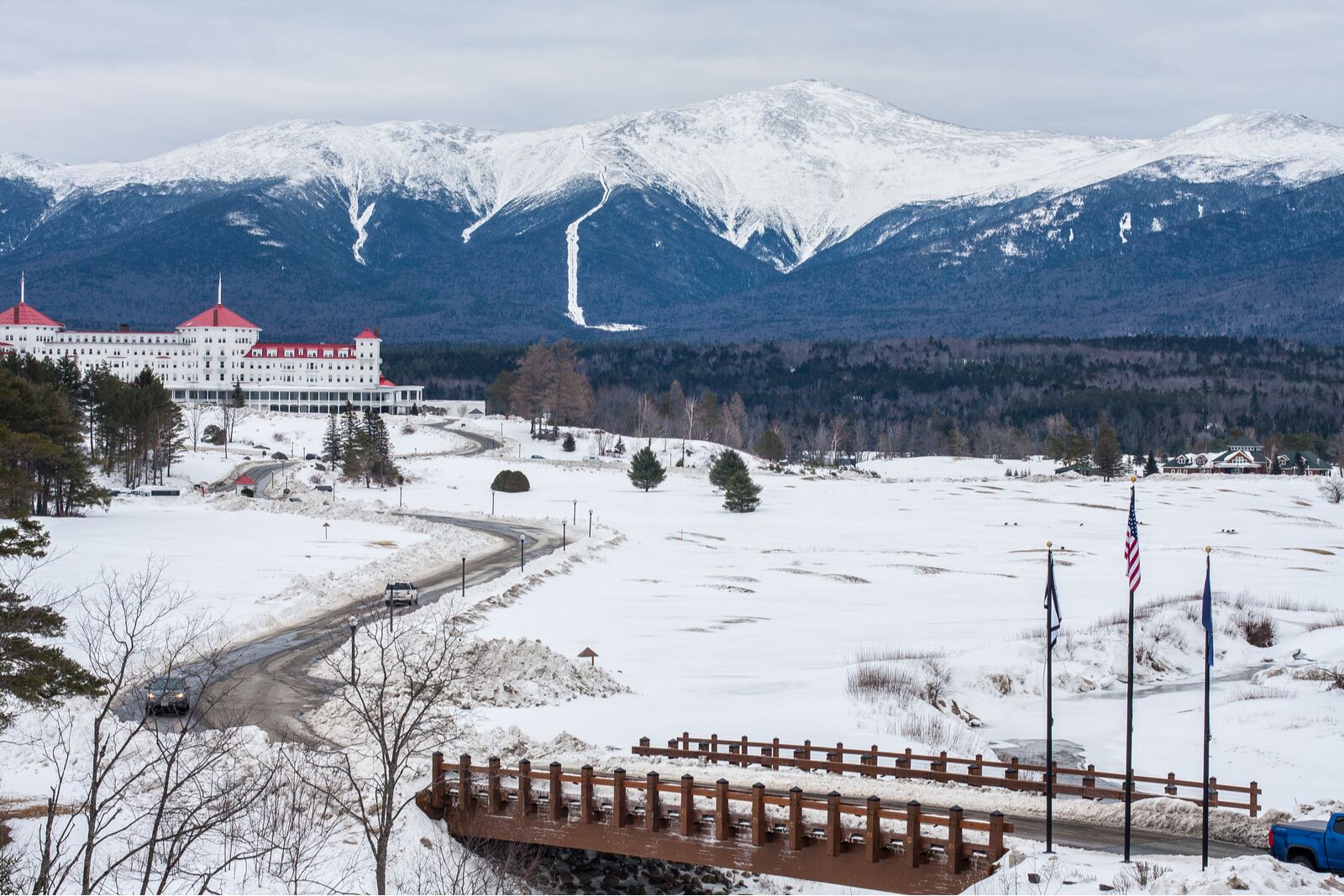While New Hampshire might not be on anybody’s list of “states for epic adventure,” they might think differently once they experience the White Mountains.
Imagine a place with craggy peaks, alpine lakes, impressive ridgelines, and jaw-dropping cliff faces. For most people, that may bring to mind visions of the Rocky Mountains, North Cascades, or Utah’s Uintas Mountains. I lived in Colorado for almost a decade, and there’s no debating that the Rockies are an incredible place to adventure. But as someone who now lives in New England, I’m confident enough to say that New Hampshire hiking is just as good – if not better – than hiking in the Rockies.
Before any Coloradans get too upset, I’m not saying that the Rocky Mountains aren’t great, or that they don’t deserve the many hiking superlatives tossed their way. But hiking in New Hampshire’s White Mountains is shockingly amazing and, as far as I’m concerned, comparable in terms of scenery and adventure. Here’s why.

